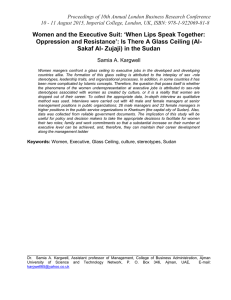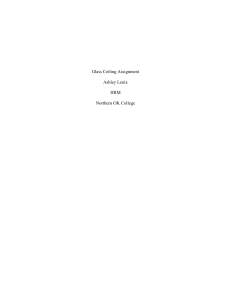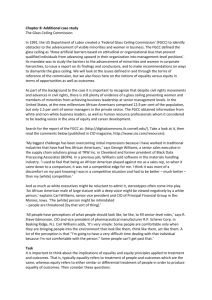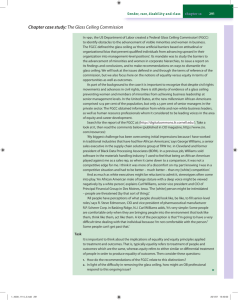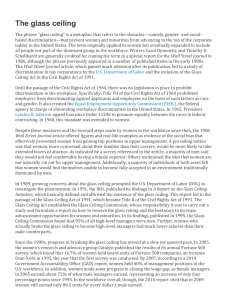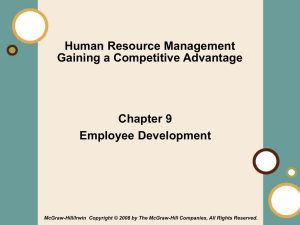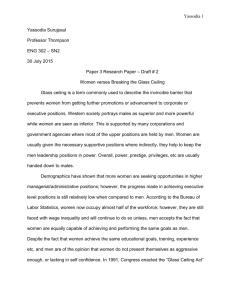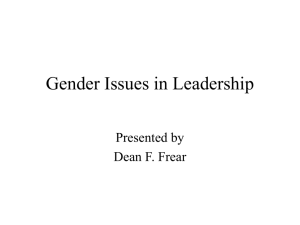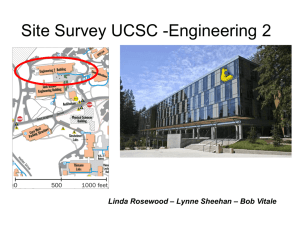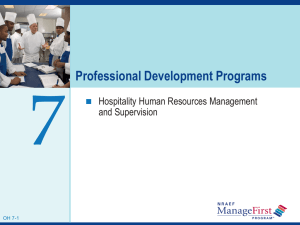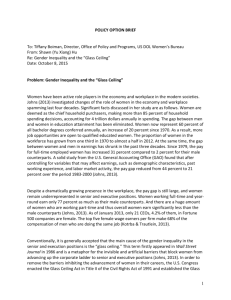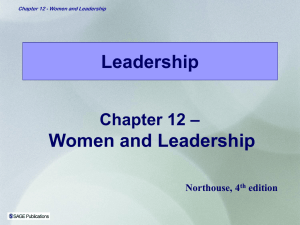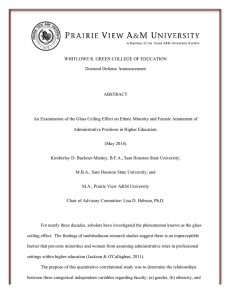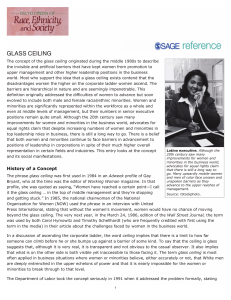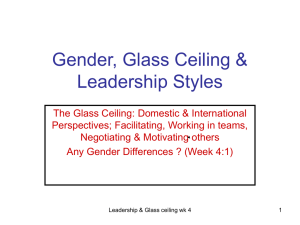Assignment 14: Performance, Discipline & Evaluation
advertisement
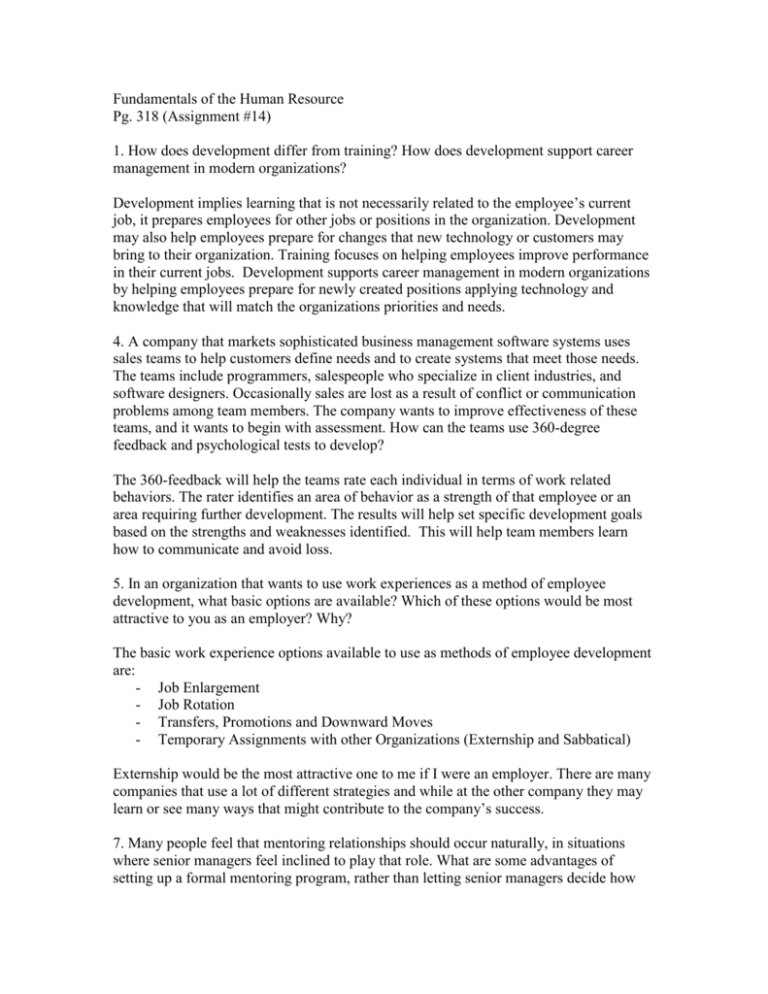
Fundamentals of the Human Resource Pg. 318 (Assignment #14) 1. How does development differ from training? How does development support career management in modern organizations? Development implies learning that is not necessarily related to the employee’s current job, it prepares employees for other jobs or positions in the organization. Development may also help employees prepare for changes that new technology or customers may bring to their organization. Training focuses on helping employees improve performance in their current jobs. Development supports career management in modern organizations by helping employees prepare for newly created positions applying technology and knowledge that will match the organizations priorities and needs. 4. A company that markets sophisticated business management software systems uses sales teams to help customers define needs and to create systems that meet those needs. The teams include programmers, salespeople who specialize in client industries, and software designers. Occasionally sales are lost as a result of conflict or communication problems among team members. The company wants to improve effectiveness of these teams, and it wants to begin with assessment. How can the teams use 360-degree feedback and psychological tests to develop? The 360-feedback will help the teams rate each individual in terms of work related behaviors. The rater identifies an area of behavior as a strength of that employee or an area requiring further development. The results will help set specific development goals based on the strengths and weaknesses identified. This will help team members learn how to communicate and avoid loss. 5. In an organization that wants to use work experiences as a method of employee development, what basic options are available? Which of these options would be most attractive to you as an employer? Why? The basic work experience options available to use as methods of employee development are: - Job Enlargement - Job Rotation - Transfers, Promotions and Downward Moves - Temporary Assignments with other Organizations (Externship and Sabbatical) Externship would be the most attractive one to me if I were an employer. There are many companies that use a lot of different strategies and while at the other company they may learn or see many ways that might contribute to the company’s success. 7. Many people feel that mentoring relationships should occur naturally, in situations where senior managers feel inclined to play that role. What are some advantages of setting up a formal mentoring program, rather than letting senior managers decide how and whom to help? A major advantage of formal mentoring programs is that they ensure access to mentors for all employees, regardless of gender or race. Another advantage of formal mentoring is that it can ensure that high-potential employees are matched with wise, experience mentors in key areas. 11. What is the glass ceiling? What are the possible consequences to an organization that has a glass ceiling? How can employee development break the glass ceiling? Can succession planning help? Explain. The glass ceiling is a barrier that has been observed preventing women and minorities from achieving top jobs in an organization. Possible consequence to an organization that has a glass ceiling is lack of successful employees due to the lack of access to training programs, appropriate developmental job experiences and developmental relationships. Organizations can use development systems to help break through the glass ceiling. Succession planning ensures that the organization prepares qualified employees to fill management jobs as managers retire. I believe that succession planning can help because it focuses on applying employee development to high-potential employees regardless of their gender.
